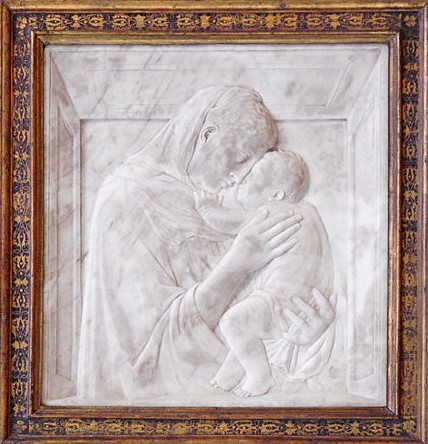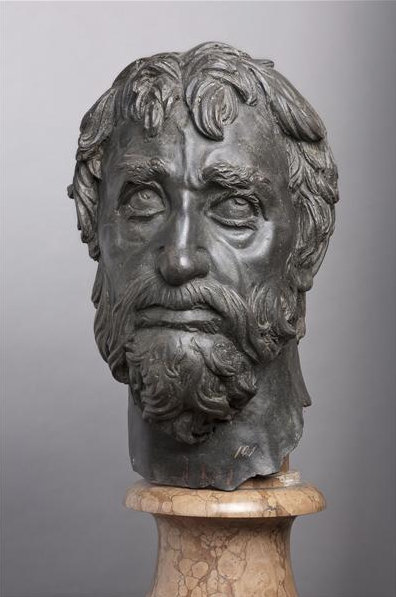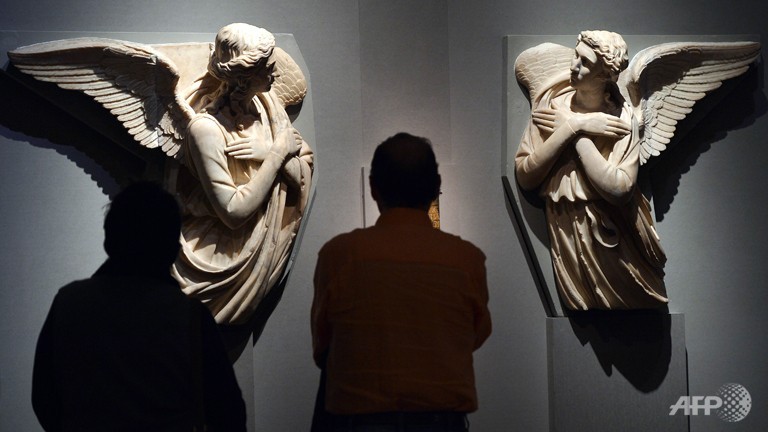“Long winter for Old Masters” headlined the Financial Times’ Collecting section this past weekend, referring to the bad performances of London Old Master auctions the previous week. Although Georgina Adam is right in making this statement, what isn’t mentioned is the serious lack of good quality paintings on offer, the ridiculously high estimates given by auction house experts, and a headline lot failing to sell because of authenticity concerns.
Colonial Art Gets More Attention with High Prices and Museum Shows
Look at this pair of Casta paintings (see below for info on Castas) that fetched $641,000 at Sotheby's Latin Art Modern & Contemporary Sale! They were estimated at $80,000-120,000, which was very modest but to reach this level is really remarkable.
Sculptures behind the Renaissance
Works by masters including Donatello and Masaccio, Brunelleschi and Paolo Uccello have been loaned for the unprecedented show, with works coming from collections including the Louvre in Paris, the Bargello Museum in Florence, the Victoria and Albert Museum in London, the Bode-Museum in Berlin, the Metropolitan in New York and the National Gallery in Washington.

Amongst the loans is the Cortona sarcophagus, carved with Amazon warriors and plunging centaurs, that Brunelleschi is said to have walked all the way from Florence to see. The Bode-Museum lent a magnificent work by Donatello known as the "Madonna Pazzi" -- a marble statue used to create molds that were then used to cast copies in bronze. Speaking of this work, Beatrice Paolozzi Strozzi says:
"These moulds in terracotta or stucco were not that costly so that any store or convent could afford the statues in Florence and elsewhere. This allowed the aesthetic revolution to spread, including outside of Italy."
Copies of the molds were made especially for the exhibition and put on display where visitors are encouraged to touch them.
Congratulations are due to the three institutions behind this show: the Louvre and the Bargello Museum, both of which have amazing permanent holdings, and Palazzo Strozzi. The exhibition ends in Florence on 18th of August, and will travel to the Louvre in September, on view until 6th of January 2014. So plenty of chance to see it.








